In this article, we’ll delve into the world of creative double exposures, discussing techniques, advantages, and key takeaways.
What are Double Exposures?
Double exposures, also known as multiple exposures, are created by combining two or more images onto a single frame. While it was initially a popular method in film photography, it can also be achieved through digital means using image editing software.
By overlapping different elements within one frame, you can merge two unrelated subjects or blend textures, patterns, and colors to produce captivating and surreal compositions. Double exposures provide a great opportunity to express your creativity and tell unique visual stories.
Why Should You Explore Double Exposures?
Investigating the realm of double exposures opens up exciting possibilities for photographers. Here are some reasons to consider incorporating this technique into your photography:
- Artistic Expression: Double exposures allow you to unleash your creative side and experiment with unique combinations to produce artistic results.
- Depth and Dimension: Overlaying images adds depth and dimension to your photographs, providing a surreal and dreamlike quality.
- Visual Storytelling: By merging different subjects, you can create visual narratives or convey emotions that might be difficult to achieve with a single photograph.
- Exploring Abstraction: Double exposures offer an opportunity to explore abstraction, allowing you to create intriguing and thought-provoking images.
Techniques for Creative Double Exposures
To achieve captivating overlays, you need to master a few techniques. Here are some methods you can explore:
In-Camera Multiple Exposures
If you have a camera that supports multiple exposures, you can create double exposures in-camera without the need for post-processing. Play around with exposure settings, shooting subjects against bright backgrounds or using silhouettes to achieve stunning results.
Film and Darkroom Techniques
For those who enjoy the charm of film photography, traditional darkroom techniques offer endless opportunities for double exposures. By manually rewinding and re-exposing the film, you can create beautiful overlays with precision.
Digital Layering and Blending
If you prefer digital photography, image editing software like Adobe Photoshop provides powerful tools for creating double exposures. By layering and blending multiple images, you can precisely control the opacity and alignment to achieve the desired effect.
Tips for Mastering Double Exposures
While experimenting with double exposures, keep the following tips in mind:
- Plan your shots carefully: Visualize the final result before shooting to ensure that your subjects and compositions will work well together.
- Experiment with exposure settings: Play around with different exposure settings to capture the right amount of detail in each layer of the double exposure.
- Consider contrast and textures: Combining subjects with contrasting elements or interesting textures can create visually striking double exposures.
- Pay attention to composition: Compose your shots thoughtfully, keeping in mind how elements will interact and complement each other.
- Refine with post-processing: Use image editing software to fine-tune the double exposure, adjusting opacity, contrast, and colors to create a harmonious blend.
Inspiring Examples
To spark your creativity, here are a few noteworthy examples of double exposures:
- A silhouette of a person against a colorful sunset sky
- A face merged with nature, with leaves and flowers overlaying facial features
- Urban architecture overlapping with natural landscapes
- A portrait combined with an intricate pattern, creating a captivating visual effect
Embrace Creative Possibilities with Double Exposures
Double exposures offer a world of creative opportunities for photographers. Whether using film or digital techniques, mastering the art of overlays allows you to inject artistic expression and visual storytelling into your photography. With careful planning, experimentation, and post-processing, you can create captivating and unique compositions that leave a lasting impression on viewers.
So, why not embark on a creative journey with double exposures and unlock your full potential as a photographer?
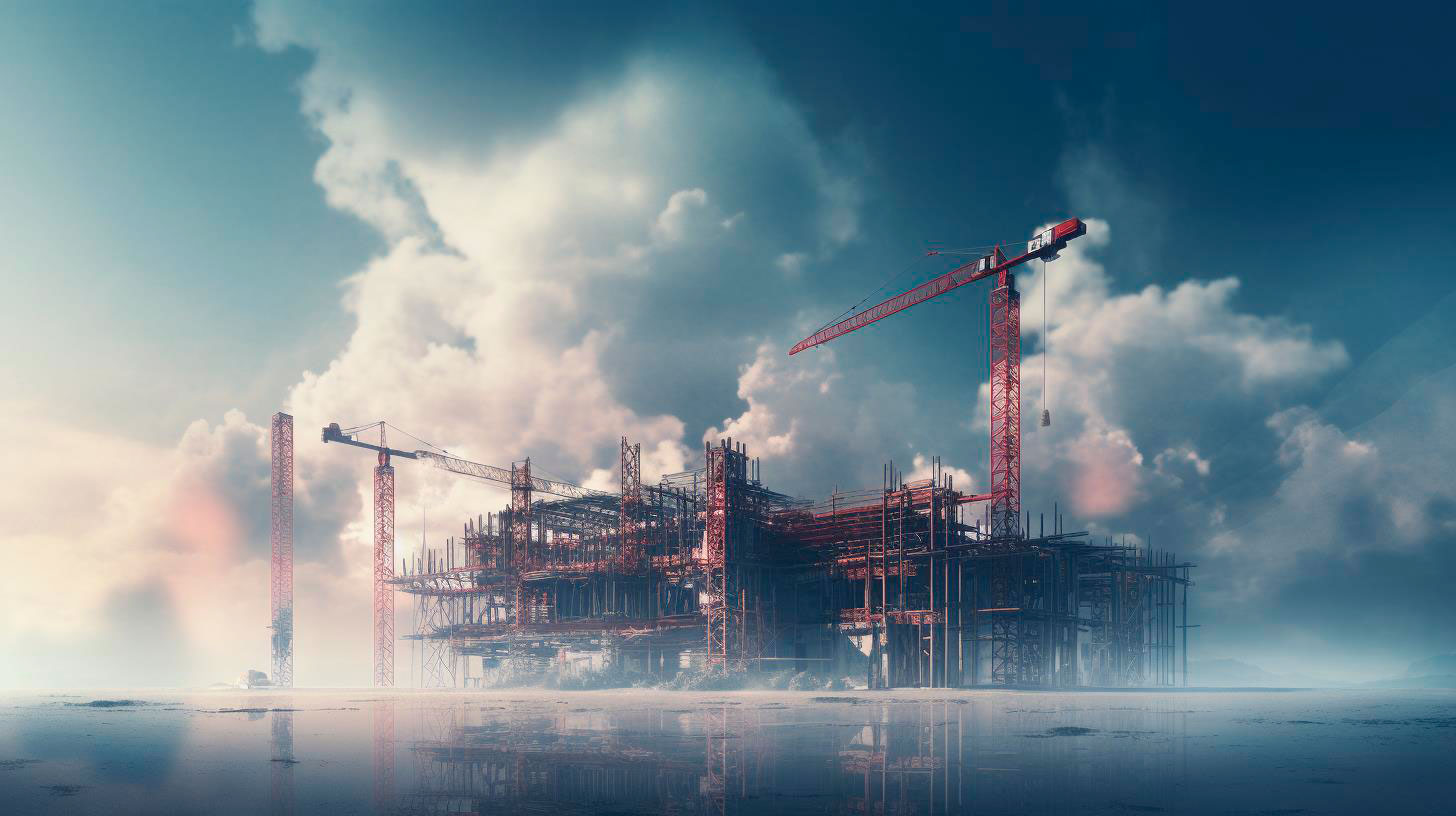
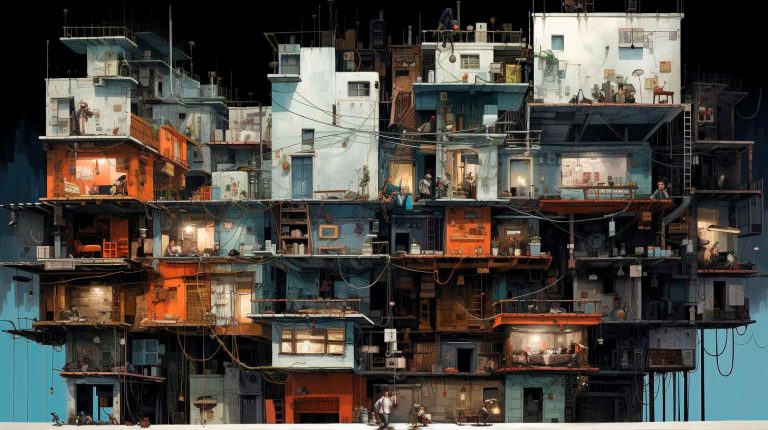
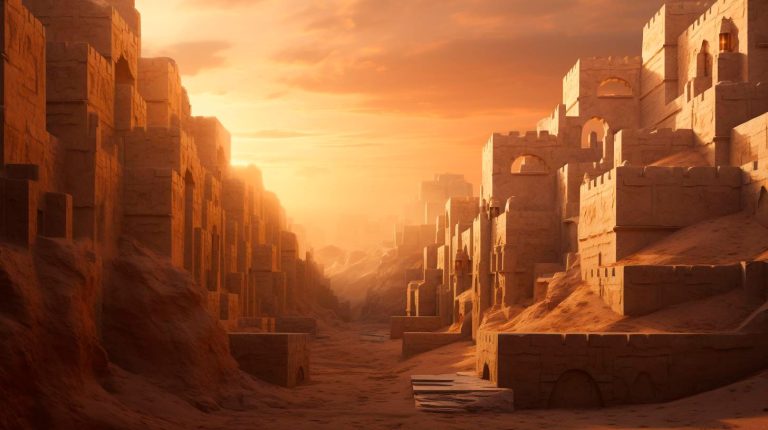

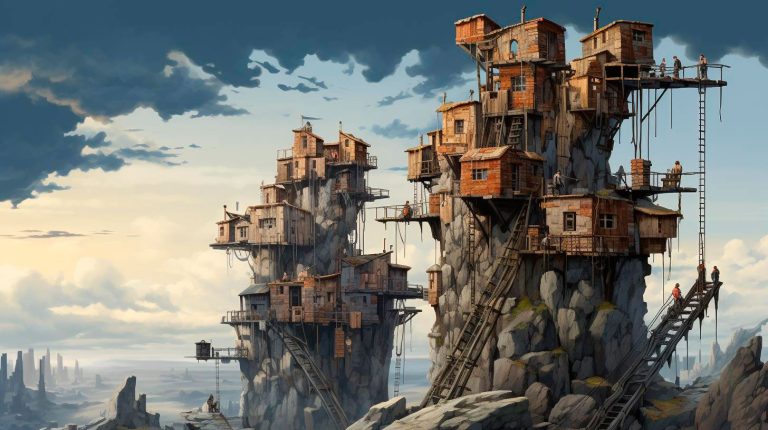
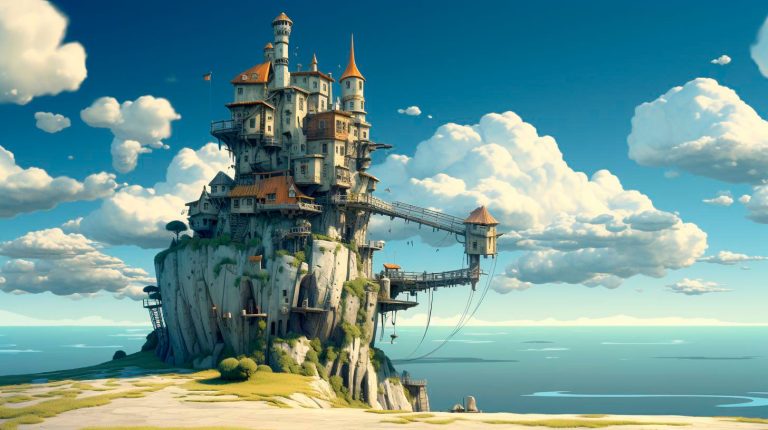
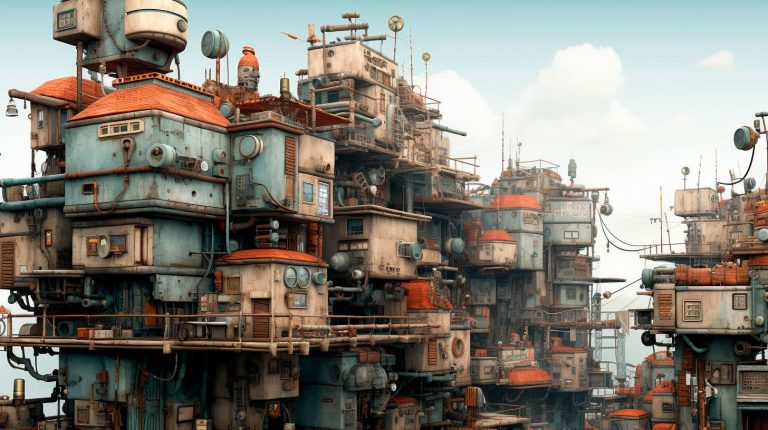







+ There are no comments
Add yours